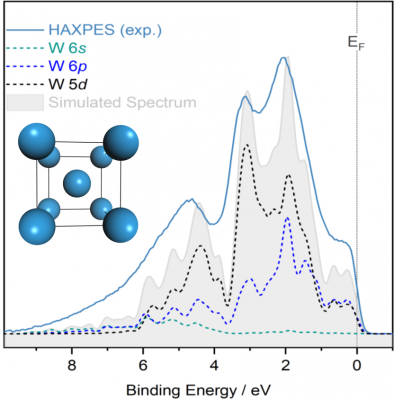
The Fusion Group has been working hard to improve our understanding of the deuterium-tritium (D-T) plasmas carried out at JET during late 2021. These experiments broke the world fusion energy record and are providing us with invaluable physical insight in preparation of ITER’s experiments.
Our research has culminated in two recent papers published at Plasma Physics and Controlled Fusion. One tackles the optimization of the H and 3He minority heating schemes for D-T, while the other describes a recent upgrade we developed for the calculation of the diffusion operator. A brief overview is given together with their links to the journal version as follows.





